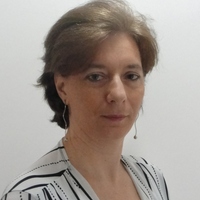This year’s first research meeting was led by Ana Bazzan, professor at the Informatics Institute of Universidade Federal do Rio Grande do Sul (UFRGS), in Porto Alegre, Brazil. She has visited The AI Lab for three weeks this winter and introduced her work titled ‘Similar yet Different: the Structure of Social Networks of Characters in Seinfeld, Friends, How I Met Your Mother and The Big Bang Theory’.
A recent survey by Labatut and Bost (ACM Comp. Surveys) has analysed more than 200 papers — including two of the group — dealing with novels, plays, movies, and TV series, focusing on extraction of the network, its analysis, and the role of network science there. The work in this survey aims at (i) developing new mathematical frameworks to deal with temporal aspects in two fictions (Alice in Wonderland and La Chanson de Roland), and (ii) assessing the truth of some well-known facts about the sitcom ‘Friends’, obviously from the social network perspective.


